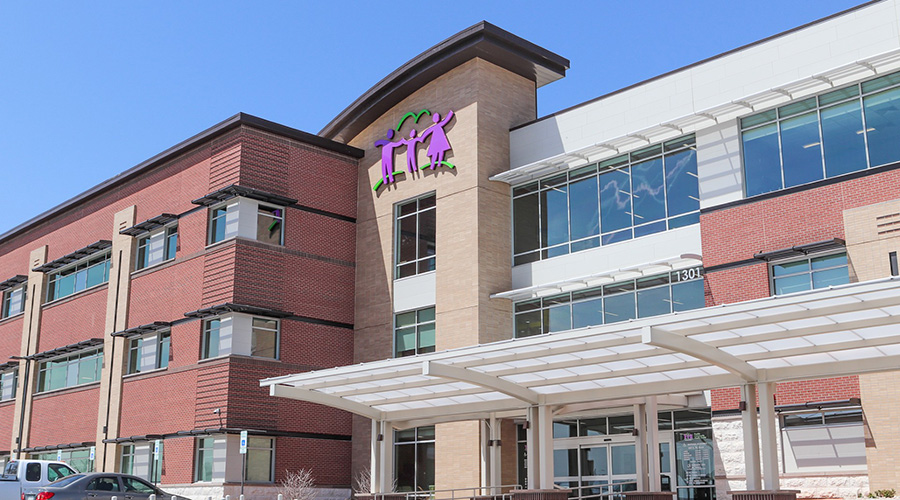Making Utility Rebates and Incentives Work
In these difficult economic times, as the nation still seems be recovering from recession, there is a scarcity of one resource essential to implementing any recommended energy-saving measures: money. Without access to sufficient funding, maintenance and engineering managers and their organizations cannot implement energy-saving measures.
Depending on a facility's geographical location, the strategic goals of local utility service providers, and local or state energy-efficiency regulations, incentive programs might be available that can help buy down the cost for implementing qualifying energy-saving measures.
For organizations to receive incentives or rebates, managers should be aware of current program trends, understand the common roadblocks in qualifying for these incentives, and understand strategies for implementing energy-saving measures that qualify for rebates or incentives.
Setting the Stage
It is probably not news that the United States and other industrialized nations are competing with growing markets in China and India for energy resources. As these markets continue to grow and build, the availability of certain fuel sources used by power-generation companies to supply utilities and end-users with electricity is starting to inflate electricity costs.
As a result, many state public-utility commissions and local municipal governments are beginning to impose more stringent energy-conservation requirements on the electric utility-service providers, which in turn is driving utilities to offer incentive and rebate programs to institutional and commercial facilities. There are greater opportunities for managers to seek out programs to help reduce implementation costs and improve project cost-effectiveness.
Although utility incentive and rebate programs can help buy down costs for implementing qualifying energy-saving measures, misunderstanding or unfamiliarity with the way the utility incentive and rebate programs work might adversely affect any given project's cost-effectiveness. Such misunderstandings and unfamiliarity can create roadblocks in the process for receiving incentives or rebates, the most common of which include the following:
Failure to engage. The manager does not engage their utility service provider early in the process. It seems managers are not always aware of local utility incentive and rebate programs. When managers discover them — more often than not, through their contractors — they contact their local electric utility service provider, only to find out they are already too late in the process to qualify. In some cases, although the intent of the measure might qualify for an incentive or rebate, the actual equipment installed disqualified them from receiving rebates because it did not meet the minimum efficiency requirements of the program.
Related Topics:













